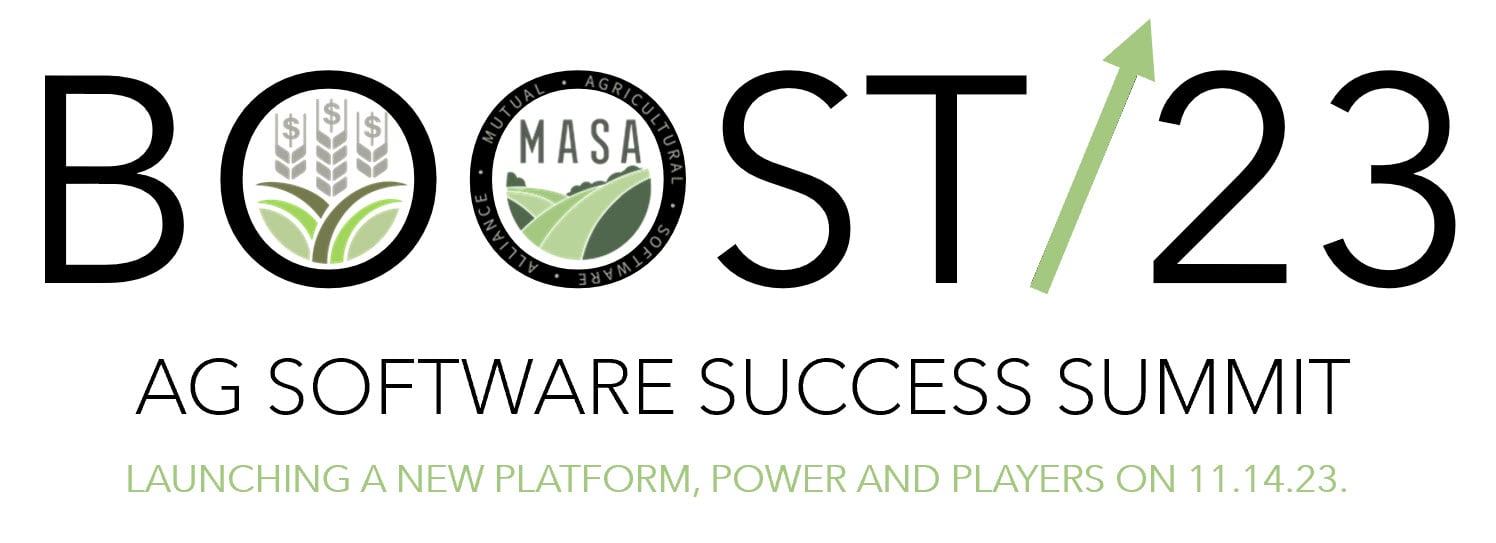(Part 6)
The following is a summary of a presentation entitled "Financial and Management Accounting Software--Developments, Implementation Challenges, and Integration Issues" made in July 2018 to the Farm Financial Standards Council Annual Conference in Champaign, Illinois.
(Part 6)
The following is a summary of a presentation entitled "Financial and Management Accounting Software--Developments, Implementation Challenges, and Integration Issues" made in July 2018 to the Farm Financial Standards Council Annual Conference in Champaign, Illinois.
Technical Tools of the Trade
Last month we touched on management accounting automation based on activity-based costing in which equipment and labor activity costs can be allocated to their cost objects (crop projects and groups of animals) based on "cost drivers" associated with those activities.
Here's how this can be automated:
- Labor, fuel and machine overhead costs are accumulated in cost centers for unique groups of employees and equipment.
- Those costs are allocated to activities (i.e. planting, harvest, trucking).
- Meaningful units (acres, hours, miles, etc.) are tracked with each activity. These become the cost drivers.
- While we don't know the actual activity costs at the start of each production cycle we can make an estimate from past experience or Extension custom rate tables. This "primes the pump" with a budget rate that will get us closer, but not precise in determining production costs.
- Once the crop is harvested and all the costs and units are known the system automatically adjusts the cost drivers and production costs to actual (netting out the "variance" between initial estimates and actual). This forms the "virtuous cycle" of continually adjusting activity costs based on real-time changes in dollars and units.

Next month we'll look at a harvesting case study presented at the Farm Financial Standards Conference.















